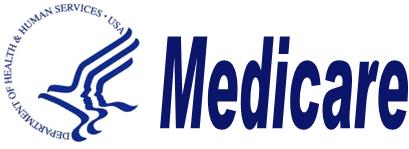Be watchful for signs of Spondyloarthropathy
by Zeev Weitz, MD
Have you ever felt that your back pain and restless nights are not just a simple backache? Were you told countless times you have fibromyalgia or the like?
It is possible you might suffer from a common condition that is presently flying under the radar of the usual medical screening practices. Spondyloarthrpathy is not just upper or lower back pain due to anatomical derangement of the spine. Spondyloarthropathy is an inflammatory condition, which means that the process responsible for producing the pain is causing destruction without any previous trauma, infection, metabolic or malignant process.
A common and popular belief is that the majority of people who suffer from inflammatory arthritis suffer from rheumatoid arthritis. In actuality, most of the inflammatory conditions that affect the spine and other joints can be classified as Spondyloarthropathy.
There are several alarming signs for these types of arthritis, including: (a) lower back pain at a young age, pain and stiffness that is worse while at rest and specifically in the early morning; (b) the presence of a skin rash suspected to be psoriasis or history of psoriasis among parents or siblings; (c) gastrointestinal symptoms that might be due to inflammatory bowel disease; or (d) a history of large joint swelling following an infection, especially in patients who are young and complain of urinary symptoms without infection.
The female population with Spondyloarthropathy commonly suffers from delayed diagnosis due to the common erroneous diagnosing of pains that are traditionally regarded as out of the region of the spine. In particular, “atypical chest pain” diagnosed incorrectly as fibromyalgia.
The delay in diagnosis is frequently responsible for progressing into serious disability, especially in the subset of this population suffering from a disease called Ankylosing Spondylitis. This particular disease can create significant irreversible deformities of the spine which lead a permanent disability.
Nowadays, there have been great advancements in the understanding and controlling of the processes leading to tissue damage, (via the inflammatory process) and new technologies, which allow us to interrupt this destructive inflammation. Therefore, it is prudent to identify this pathology as early as possible, in order for the trained medical provider to intervene in a timely fashion, before permanent damage occurs.
Screening the general population for signs and symptoms might improve the health of many who suffer from these conditions. In order to the have an effective screening, however, a clear set of guidelines should be presented to the lay population, to allow potential patients to raise his/her concerns.
There are four distinct categories of conditions defined by clear set of criteria, and a fifth category that is loosely defined and can be identified by an experienced rheumatologist:
- Ankylosing Spondylitis
- Psoriatic Arthritis
- Inflammatory bowel disease associated arthritis
- Reactive Arthritis
- Undifferentiated Spondyloarthropathy
Who should be concerned?
There are several questions that should be answered by people who suffer from a chronic pain condition:
- Did you have lower back pain before the age of 18?
- Does your pain increase by resting?
- Do you or a family member have psoriasis?
- Do you have, either presently or in the past an inflammation of the eyes?
- Have you suffered from foot or heel pain diagnosed as heel spur or tendinitis?
- Do you have a history of large joint pain and swelling?
- If so, were told you have arthritis without a specific diagnosis?
- Are you a female with nonspecific chest pain?
- If so, were you told you have fibromyalgia?
- Do you have a very good response to over the counter to medication called NSAIDs (Ibuprofen, Aleve, etc.)?
If your answer is yes to any of these questions you should be evaluated for possible Spondyloarthropathy.









